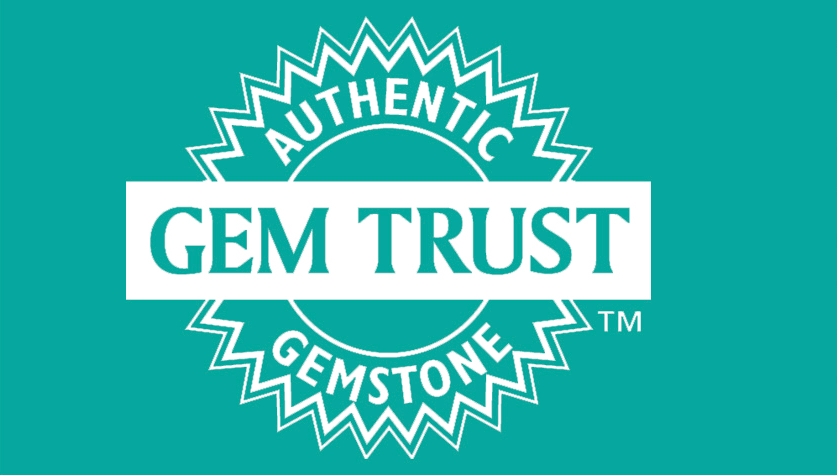Can you tell us a little about the source of this material?
Montana Sapphires are one of today’s most sought after American-mined gems. This incredibly rare sapphire is mined in three distinct locations in Montana and known by different names. Many of the Montana Sapphires are either found in the gravels of the Missouri River in Lewis and Clark County, Rock Creek in Granite County and some even from Dry Cottonwood Creek. Each with small visual differences between location if you know what you’re looking for. Then you have Yogo Sapphires, which were discovered along Yogo Creek in the Little Belt Mountains of Montana. Most of these range in size from a grain of sand to the size of a pea. It is very rare that larger sized gems are found.
What kinds of sizes, shapes and cutting styles can be found?
We offer one of the widest varieties of shapes and sizes when it comes to Montana Sapphires. Many producers sacrifice brilliance for weight due to its value, but we prefer to optimize the cuts based on the raw rough material. This means we offer anything from calibrated melee rounds to baguettes, faceted hexagons, rose cuts, cushions, marquise, free form tablets, our signature GeoCut™, pears, kites and more.
Size is a very interesting part of the conversation when it comes to Montana Sapphires. Even the typical Montana Sapphire has a very skewed perception in the consumer market right now. Many people in the mass market expect to find large 1ct+ Montana Sapphires readily available, but the truth is that is extremely rare to find. So, you might ask what is the typical size? And how rare is it really for those larger 1ct+ stones?
With typical Montana Sapphires (Missouri River and Rock Creek material), the vast majority of production produces maybe up to 3/4ct and anything larger than that is extremely rare – maybe 5% of production would produce a stone larger than this. Now, with Yogos (from the Yogo Creek location), the ‘larger’ sizes are maybe 3-4mm! So, if you are asking about larger sizes in Yogo Sapphire, you’re talking about maybe a half-carat and those may go for $16,000-20,000/ct at retail.
To give an example, the image below is from one of our site-visits to a Montana mine we source rough from. The little pill bottle you see in the far left is the size container used when separating sapphire rough out of the “heavy rock” that settles in the jigs. This gives you an idea of how rare Montana Sapphires really are. Now, within that little pill bottle, there was maybe one single piece of rough that would be able to cut a carat sized stone. That shows you the extreme rarity it is to find a 1ct+ sized Montana Sapphire.










